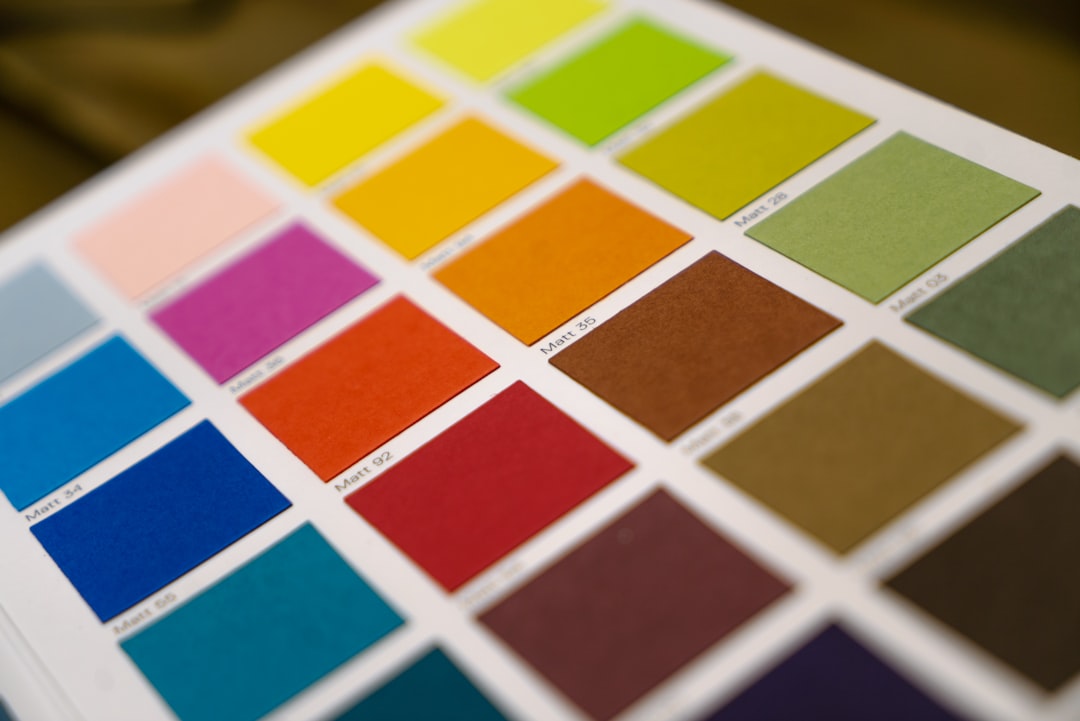What is it about?
We studied the perceptual experience of individuals with a central blind spot (scotoma) caused by a hole in the central retina (macula) when looking at a straight line. Patients often perceive distortions or a gap in the line, but many also complete the line perceptually, having a visual experience that is created at the level of the brain.
Featured Image

Photo by Duangphorn Wiriya on Unsplash
Why is it important?
Understanding how the brain can complete a visual experience in the presence of a retinal disease can explain why some patients are unaware that they have an eye disease. This also explains why they may not perceive the severity of their condition or why they should seek treatment.
Perspectives
This study was part of my Master's degree in visual psychophysics. It allowed me to combine basic visual science and applied clinical science in a unique and interesting way that advanced both the clinical understanding of macular hole disease from the perspective of the patients, and the capacity and possibilities of cortical filling-in.
Dr Walter Wittich
Universite de Montreal
Read the Original
This page is a summary of: Macular hole: Perceptual filling-in across central scotomas, Vision Research, November 2006, Elsevier,
DOI: 10.1016/j.visres.2006.07.005.
You can read the full text:
Contributors
The following have contributed to this page










